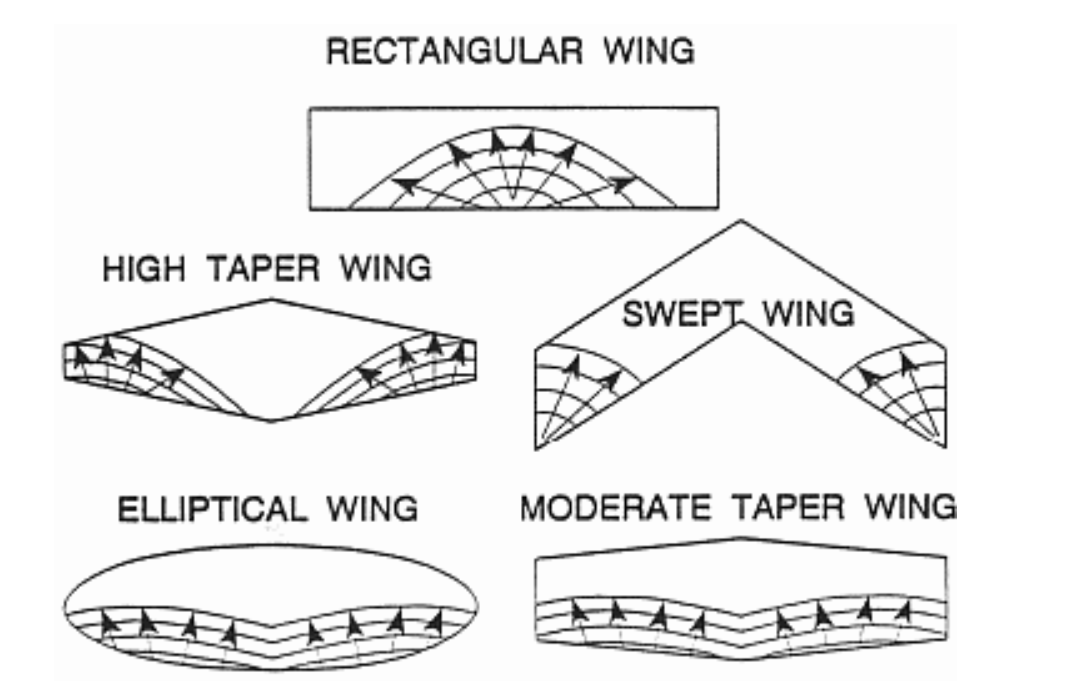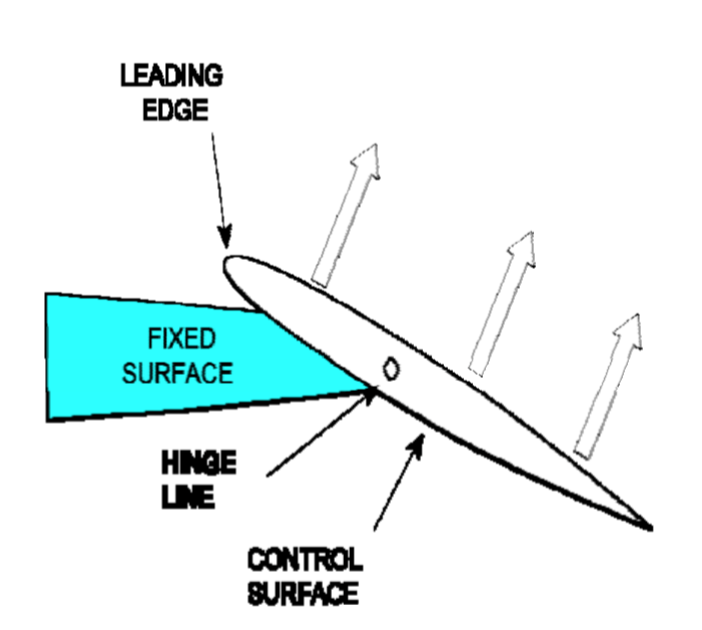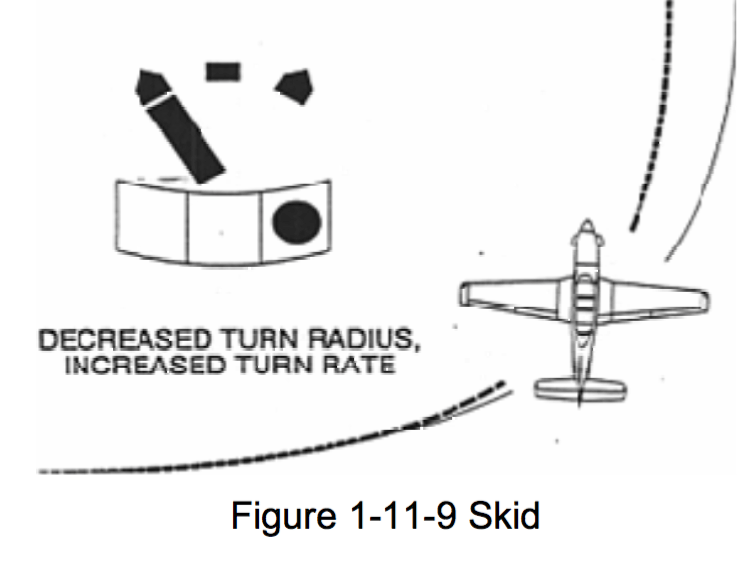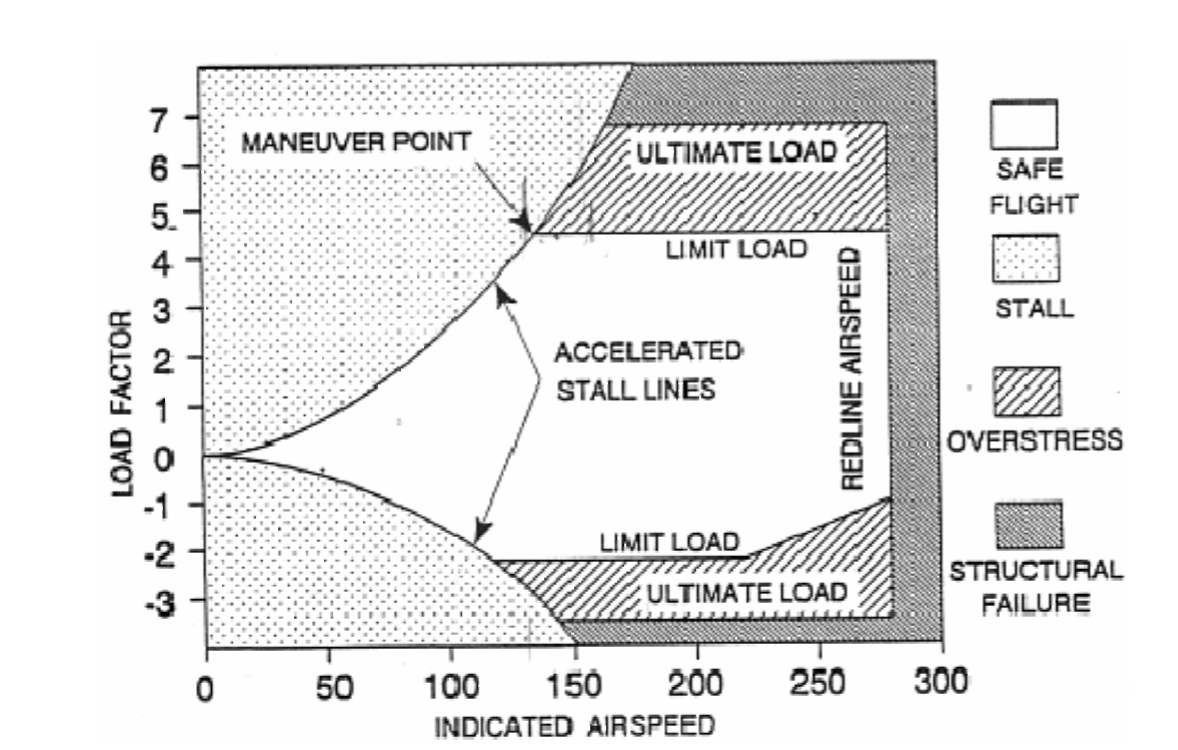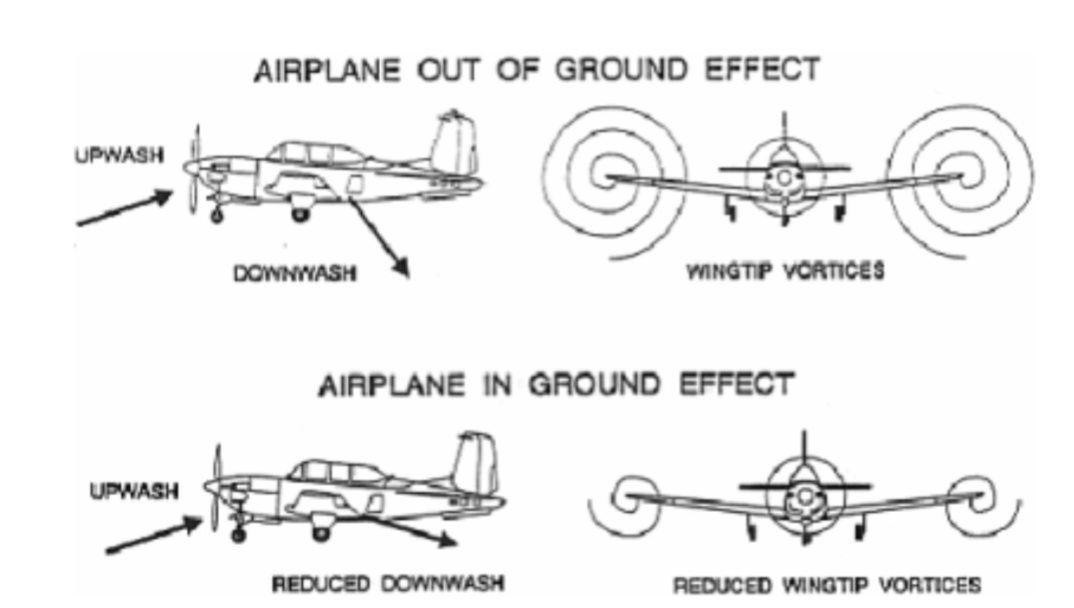
Landing Performance
admin@readysettakeoff.com

Related Articles
-
Airspeed Measurement
Jet Brain, , Aerodynamics, 0
You are unauthorized to view this page. Please login your credentials Username Password Remember Me Forgot Password
-
Longitudinal Static Stability
Jet Brain, , Aerodynamics, 0
You are unauthorized to view this page. Please login your credentials
-
Stall Pattern and Wing Design
Jet Brain, , Aerodynamics, 0
You are unauthorized to view this page. Please login your credentials
-
Aerodynamic Balance
Jet Brain, , Aerodynamics, 0
You are unauthorized to view this page. Please login your credentials
-
Coordinated Turns
Jet Brain, , Aerodynamics, 0
You are unauthorized to view this page. Please login your credentials
-
Load Factor
Jet Brain, , Aerodynamics, 0
You are unauthorized to view this page. Please login your credentials
-
Basic Aircraft Review
Jet Brain, , Aerodynamics, 0
You are unauthorized to view this page. Please login your credentials
-
Flap Review
Jet Brain, , Aerodynamics, 0
You are unauthorized to view this page. Please login your credentials



